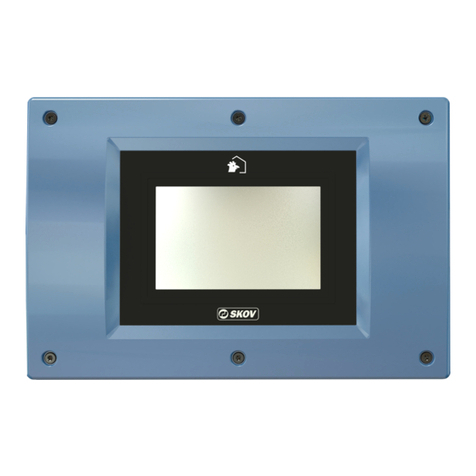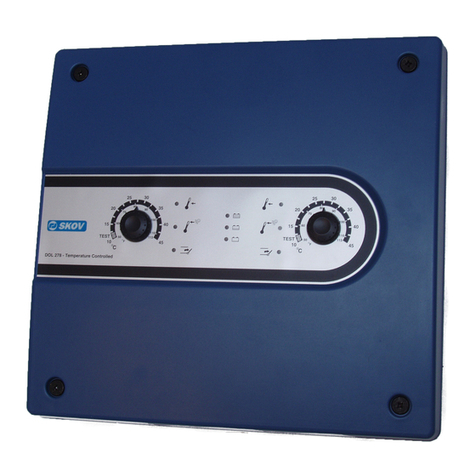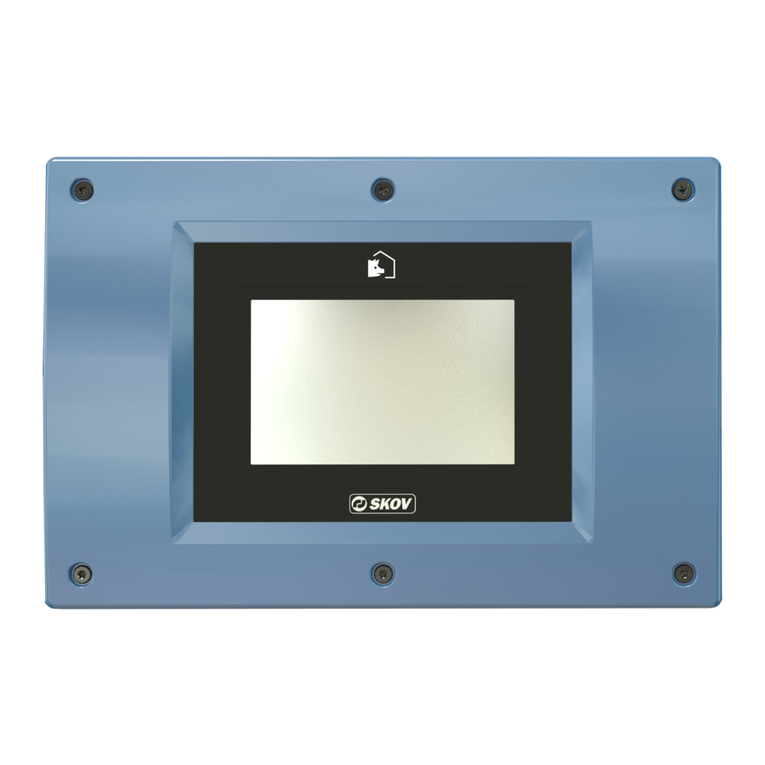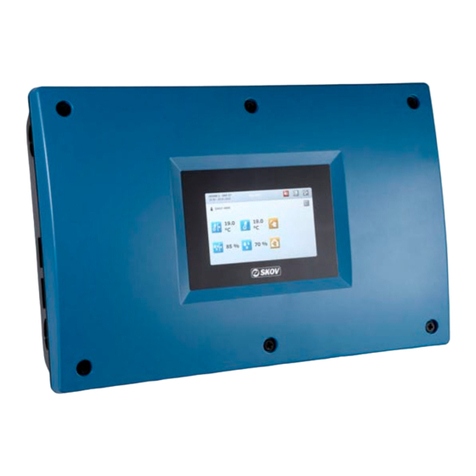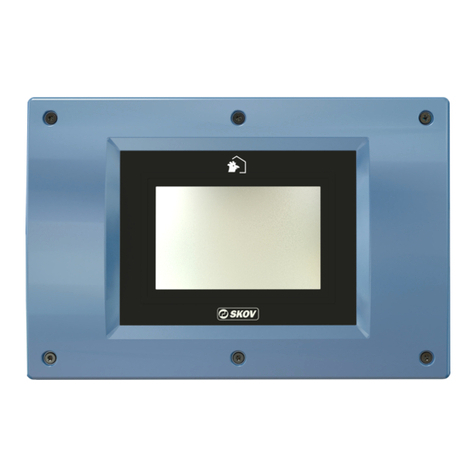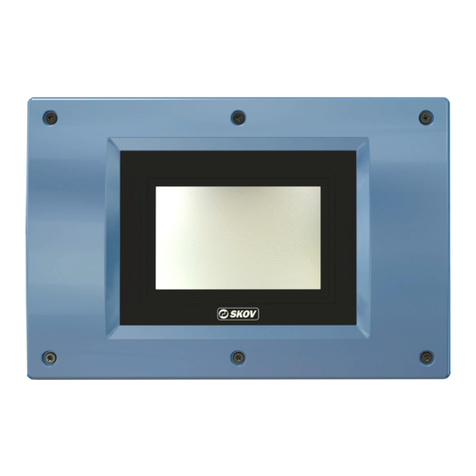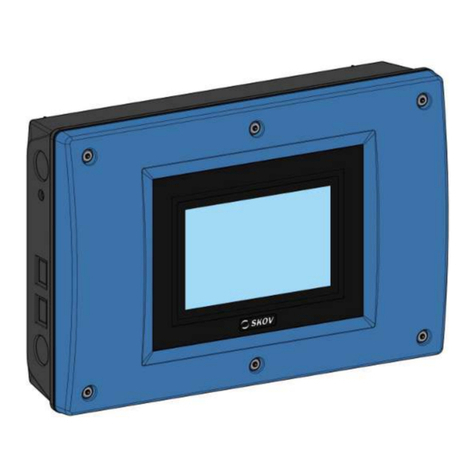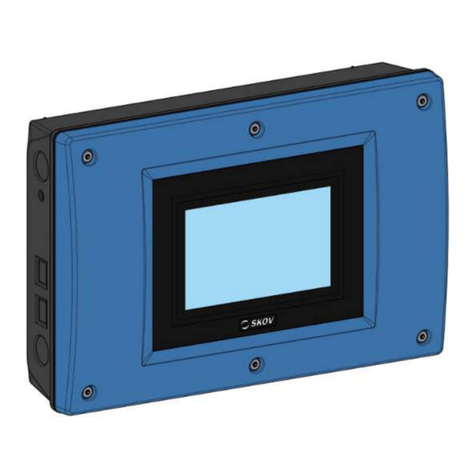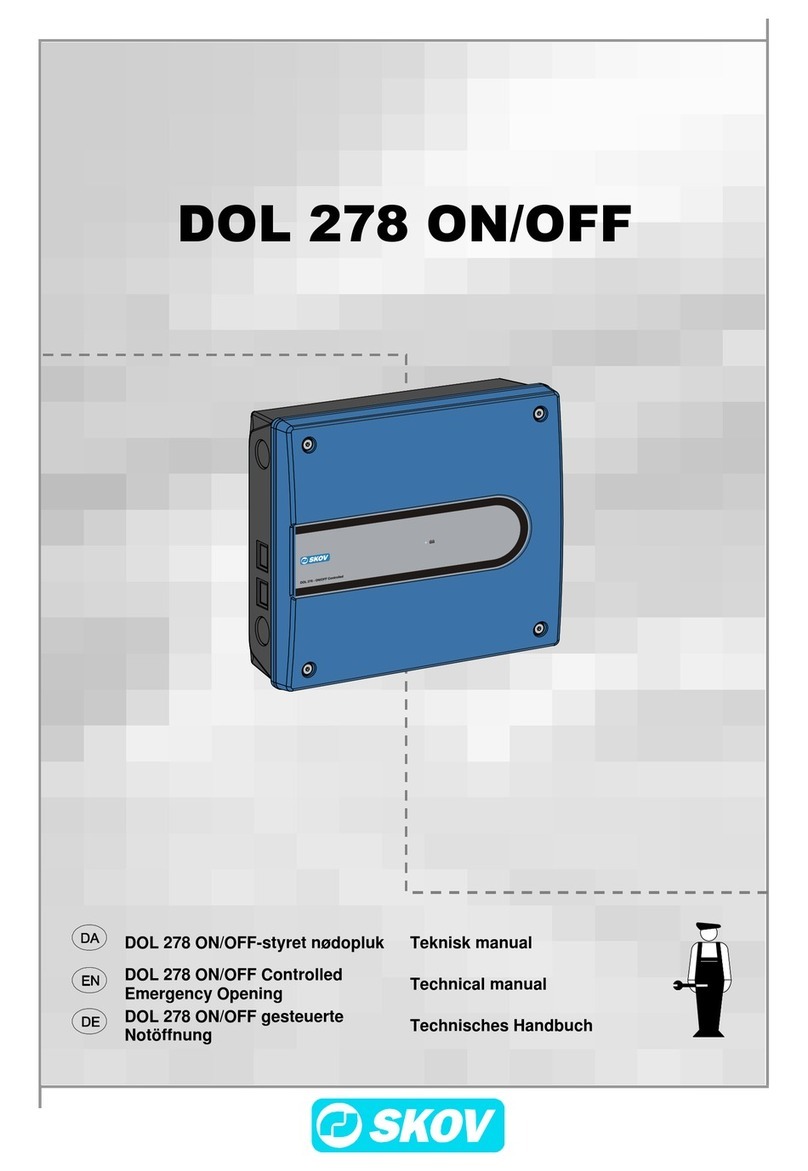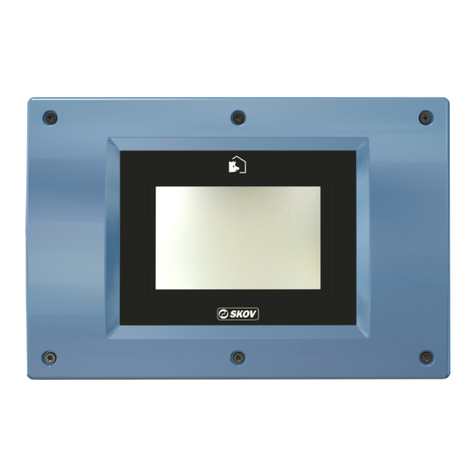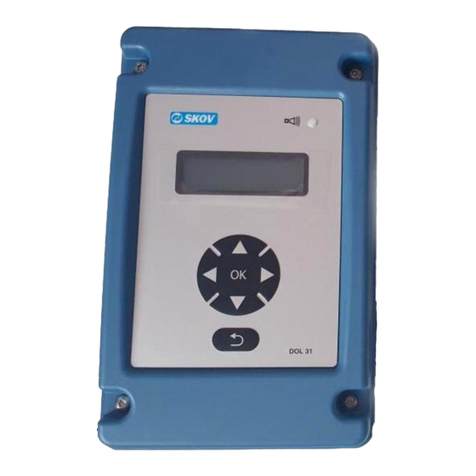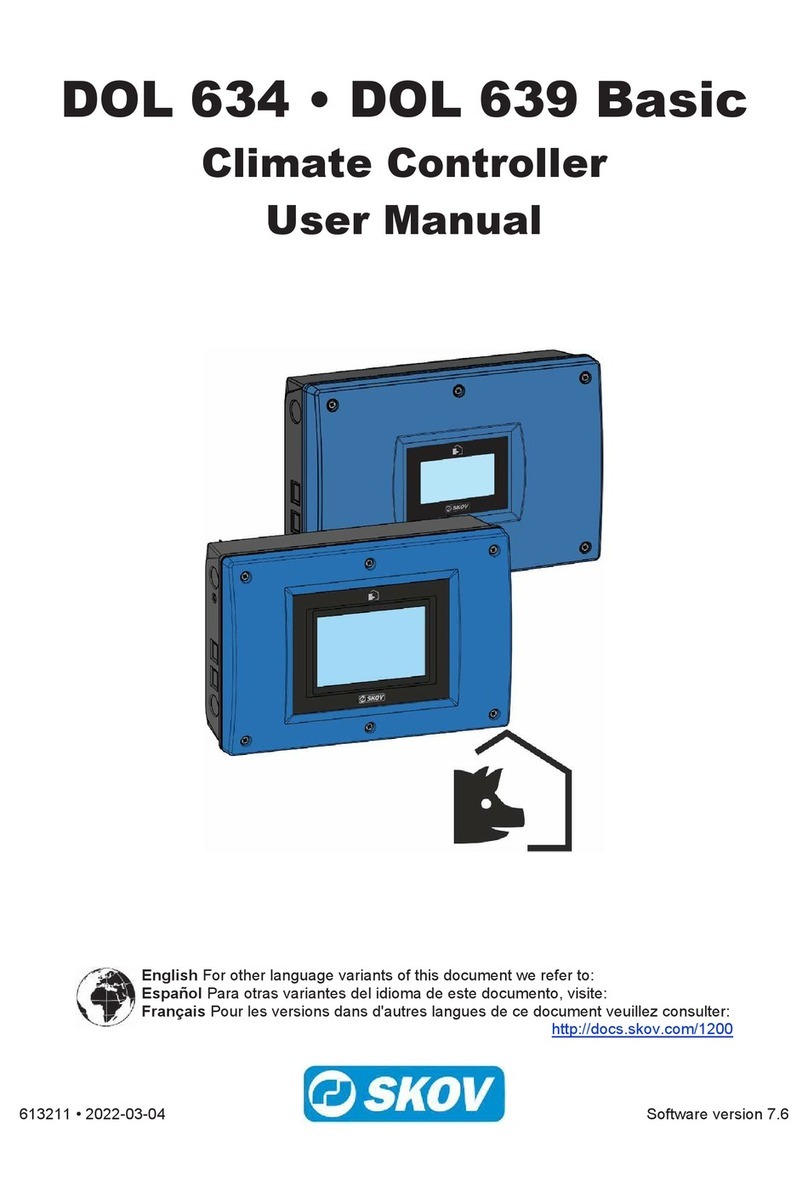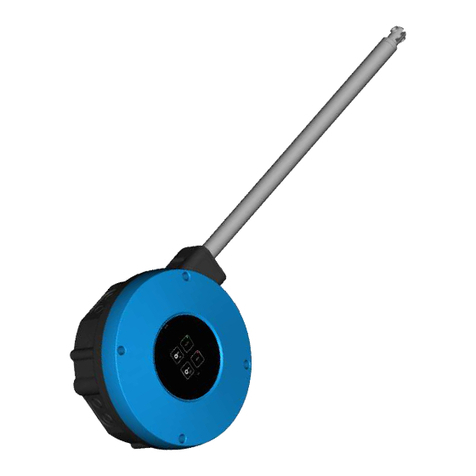
DOL 634 CE
10.3 Select type of Unit of measurements..................................................................................... 32
10.4 View week number................................................................................................................... 33
10.5 Connecting Components ........................................................................................................ 33
10.5.1 Installation wizard ...................................................................................................................... 33
10.6 Climate ...................................................................................................................................... 34
10.6.1 Central air intake........................................................................................................................ 34
10.6.2 Central exhaust.......................................................................................................................... 34
10.6.2.1 Air outlet..................................................................................................................................... 34
10.6.2.1.1 Speed control............................................................................................................................. 34
10.6.2.1.2 Dynamic MultiStep ..................................................................................................................... 35
10.6.2.1.3 Dynamic Air at central exhaust .................................................................................................. 37
10.6.3 Active Functions in the Event of Control Failure ........................................................................ 39
10.7 Production ................................................................................................................................ 39
10.7.1 24-hour clock ............................................................................................................................. 39
10.8 Management ............................................................................................................................. 39
10.8.1 Set up equipment monitoring ..................................................................................................... 39
10.9 Auxiliary.................................................................................................................................... 39
11 Calibration.....................................................................................................................................................40
11.1 Calibration ................................................................................................................................ 40
11.2 Calibration of current sensor.................................................................................................. 41
12 Testing...........................................................................................................................................................42
12.1 Testing basis components...................................................................................................... 42
12.1.1 Testing temperature and air humidity sensors........................................................................... 42
12.1.2 Testing Alarm............................................................................................................................. 42
12.2 Testing optional components: Manual control ..................................................................... 42
12.2.1 Testing Climate Functions ......................................................................................................... 43
12.2.1.1 Testing the central air intake...................................................................................................... 43
12.2.1.2 Testing of central exhaust.......................................................................................................... 43
12.2.1.2.1 Stepless fans ............................................................................................................................. 43
12.2.1.3 Emergency Change-over Switch AUT/MAN .............................................................................. 44
12.2.1.4 MultiStep .................................................................................................................................... 45
12.2.2 Testing production functions ...................................................................................................... 45
12.2.2.1 Testing relay for 24-hour clock................................................................................................... 45
12.2.3 Testing management functions.................................................................................................. 45
12.2.3.1 Testing of current sensor ........................................................................................................... 45
12.2.4 Testing auxiliary functions.......................................................................................................... 46
12.2.4.1 Testing auxiliary sensor ............................................................................................................. 46
12.3 Testing Network Connection .................................................................................................. 46
13 Service...........................................................................................................................................................47
13.1 Settings..................................................................................................................................... 47
13.1.1 Climate....................................................................................................................................... 47
13.1.1.1 Setting of Exhaustion (MultiStep)............................................................................................... 47
13.1.1.2 Setting of Heating ...................................................................................................................... 48
13.1.2 Network settings ........................................................................................................................ 48
13.1.3 UTC time.................................................................................................................................... 49
13.2 Display ...................................................................................................................................... 49
13.3 Backup ...................................................................................................................................... 49
13.3.1 Backup of historical data............................................................................................................ 50
13.3.2 SD card and USB stick .............................................................................................................. 50
13.4 Software update ....................................................................................................................... 52
13.4.1 Preparing for a software update................................................................................................. 52
13.4.2 Carrying out the software update............................................................................................... 53
13.4.3 Check after software update ...................................................................................................... 54
Technical User Guide






